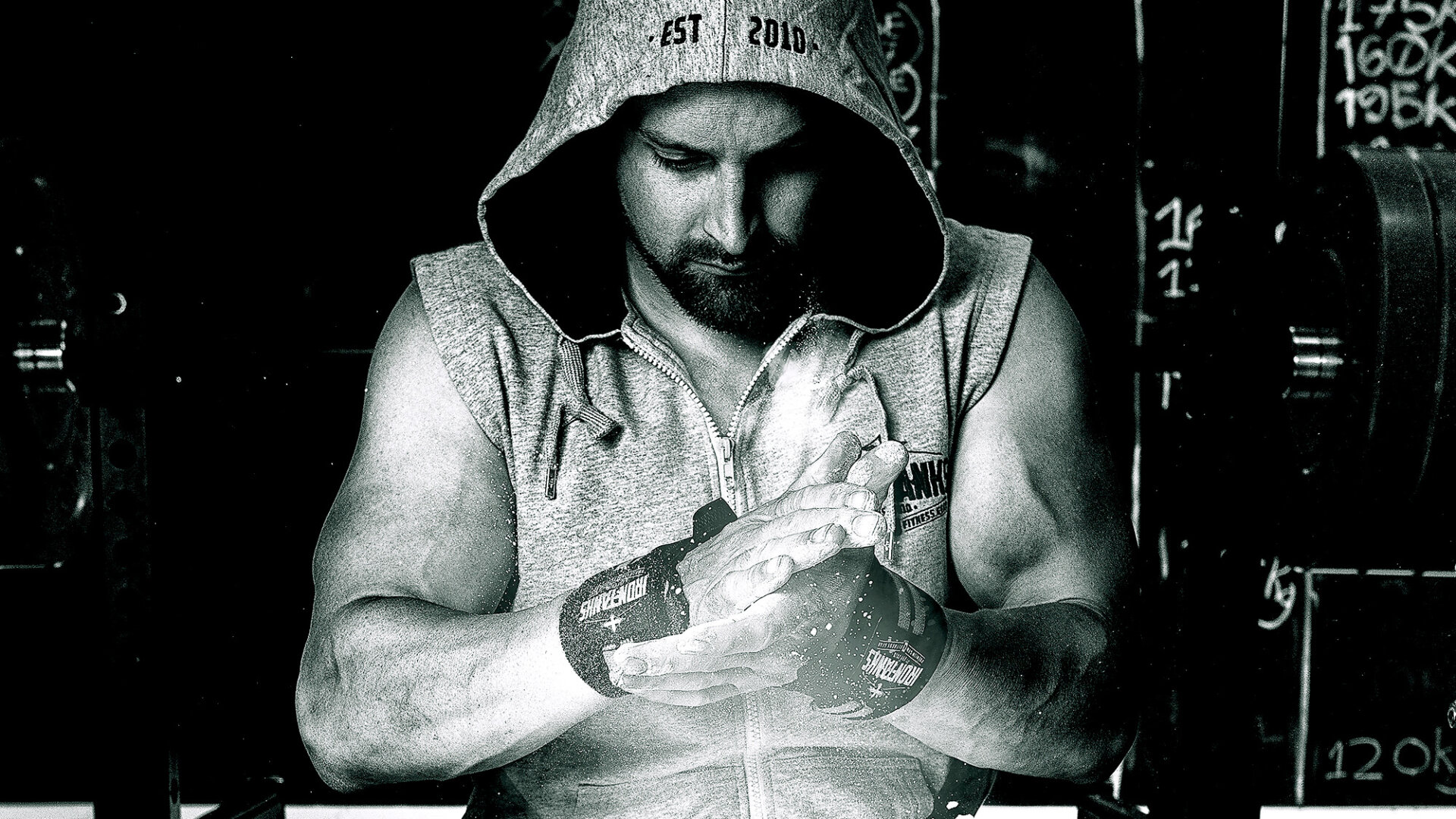Think for a moment about what it means to be healthy? What does it look and feel like? This can be a tough concept to define given the subjective nature of the idea. In science we call this a construct: a theoretical idea that cannot be directly measured but can instead be estimated based on the measurement of its many characteristics. This inconsistency over what it means to be healthy has sparked the creation of various other related constructs that attempt to capture different states of well-being. For example, the terms “health” and “wellness” are often used interchangeably, but are they really the same thing? Making things even more confusing is the recent rise in the use of the term “fitness” that has resulted from the popularity of structured exercise programs. But what are the differences between these terms and which one should you strive toward? You might be surprised at the answer.
Health vs. Wellness
For years, members of the medical community have set the standard on what it means to be healthy. In their view, someone who is free from illness and symptoms of disease is considered a healthy person. This makes a lot of sense in the black and white world of medicine. The job of medical professionals is to diagnose and treat patients based on the symptoms that are presented. If no symptoms exist, there is nothing wrong. However, it seems inherent that there should be different levels of health. Just because someone is not ill doesn’t mean they feel good. Although two separate people may both be free of illness, a person who exercises regularly likely feels better than a sedentary person.
This is where the term wellness comes in to play. Rather than simply being free from disease, a person who is well enjoys a better quality of life. This allows us to rank ourselves in terms of how healthy we are comparatively to others. It also tends to encompass more than just obvious physical attributes. Usually wellness is thought of in terms of nutrition, emotions, and mentality in addition to physical health.
Going back to the example above, the physically active person is likely more “healthy” compared to the sedentary person for several reasons. The active person most likely has more energy, focus, a more positive affect, and benefits from the protective impact that exercise has on disease risk and susceptibility. This then translates into areas of his or her life including the time spent with friends and family, productivity at work, and the success enjoyed as a result. Combine this with proper nutrition and lifestyle practices, and one can begin to see the large degree of separation between the two individuals.
Can We Take “Wellness” Too Far?
Of course, in the circles of our industry, there is a large focus on the physical aspect of health. To many, fitness represents an improvement to the state of wellness that I described above. We exercise hard and eat like an athlete in order to push the limits of our physical capabilities. Why just be “physically active” when you can try to have 5% body fat or deadlift 600 pounds? However, we have to be careful of how far we push this boundary if we want to avoid pushing our health in the wrong direction.
Although high level athletes may seem like the picture of excellent health, they often exist in a state that is closer to sickness than we might think. Being in such good shape definitely takes its toll on the body in one way or another. The stress from their lifestyles can impact their psychological well-being. The over-abundance of intense exercise causes them to straddle the line between high performance and over-training. Even the relationship they have with their loved ones can be affected. All of this results in an individual who is actually unwell or even unhealthy in many of the domains we can measure.
Professional athletes are not the only ones who can get carried away, however. Even many recreational athletes make the mistake of over-emphasizing their “fitness” at the expense of overall well-being. Think of the bodybuilders who avoid outings because of their diets. Or maybe the cross-fitters who are too sore to do anything but rest on their off days. Sure, they can do amazing things in the gym and they look phenomenal, but they’ve actually allowed their physical fitness to put them in a similar situation to someone who is ill.
A Case for Vitality
So if wellness represents an improvement to the health model but elite fitness is taking it a step too far, where is the sweet spot? In my opinion, both athletes and non-athletes alike should strive to exist in a state of vitality.
This represents a state of living that exceeds the construct of “wellness” or being “healthy” and also incorporates many of the characteristics that one might think of as representing “fitness”. One might think of vitality as a state of being strong, active, and energetic in all aspects of life. This can only occur when you achieve the right balance between your physical, emotional, and psychological well-beings. Physical activity is important, but only so far as it continues to benefit us. Temporary periods of intense training may be necessary for a fitness goal but prolonged periods of overtraining will come at a price.
Of course, this is still going to be open to interpretation and a subjective experience. The amount of exercise that I need will be different from how much you need for various reasons (physical well-being). Everyone will strive for a different level of education or understanding (psychological well-being). Some people do well in relative isolation while other thrive when surrounded by loved ones (emotional well-being). The point is that we must look at our actions objectively and determine whether they are serving our greater well-being. Once we determine our true priorities and direct our actions toward them, we can achieve this state of balance and vitality.
Conclusions
Although the ideas of health, wellness, and fitness all seem to share some common characteristics, they also tend to deviate from one another is some important ways. A continuum certainly exists between these concepts, but an agreement as to which one to strive toward has yet to be reached. What we can agree on is that sickness and disease should be avoided. Certain lifestyle practices like physical activity help us to distance ourselves from being considered unhealthy. However, it seems there is a point where over-indulgence in these activities can actually reverse our position on the continuum. This makes it important for us to objectively assess our behavior and determine where we sit. If our goal is to reach elite fitness, we must accept the consequences of that venture in terms of our health. Beyond this pursuit, it is best to strive toward a state of vitality in which we can achieve the correct balance that suits our individual lifestyles and priorities.

